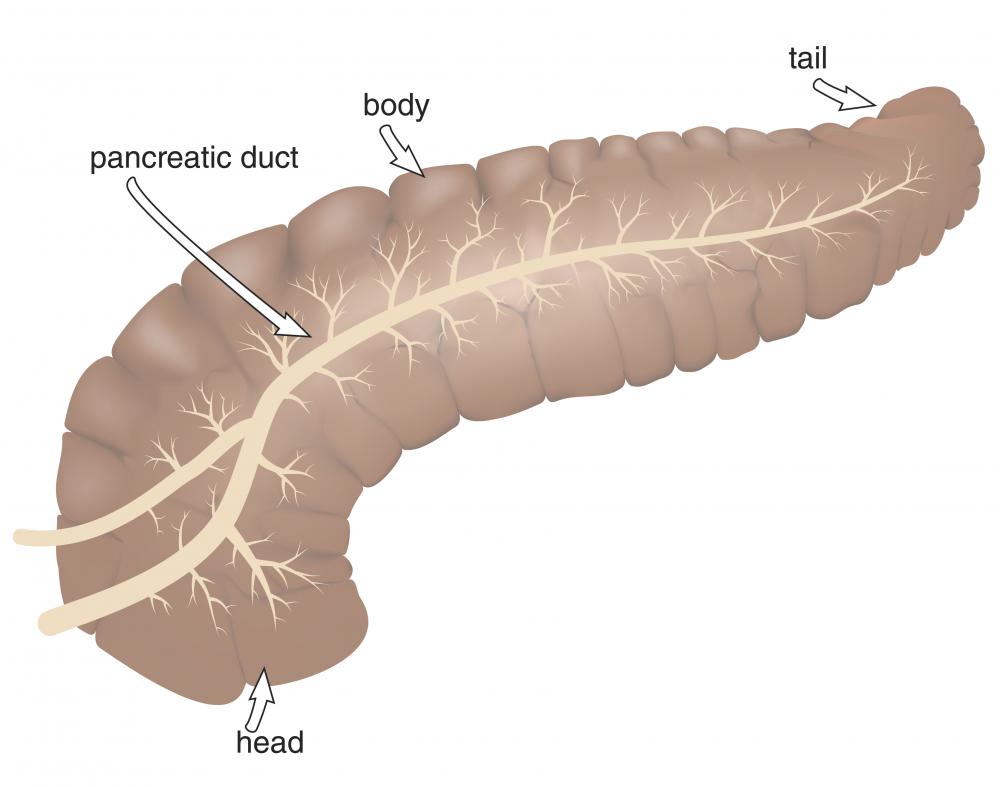At TheHealthBoard, we're committed to delivering accurate, trustworthy information. Our expert-authored content is rigorously fact-checked and sourced from credible authorities. Discover how we uphold the highest standards in providing you with reliable knowledge.
What Is the Retroperitoneal Space?
The retroperitoneal space is the part of the abdominal cavity that lies behind the peritoneum, a membrane that typically lines the inside of the abdomen. Various organs are supported by this membrane, which also serves as a tract for many nerves as well as blood and lymph vessels. The parietal peritoneum is typically attached to the abdominal wall, while a layer called the visceral peritoneum is often wrapped around intraperitoneal organs. Lubricating fluid as well as blood vessels and nerves also lie in between these layers.
Inside the retroperitoneal space, there are the kidneys, adrenal glands, bladder, and ureters. The aorta and inferior vena cava vessels are located within the space as well as part of the esophagus and rectum. These are called the primary retroperitoneal organs, meaning they typically form during gestation behind the peritoneum and remain there throughout development. All of the organs in the space typically feature some peritoneum tissue attached to their front, or anterior side, although no anatomical structures are generally a part of this space.

Secondary retroperitoneal organs generally form while suspended in the abdominal cavity, but migrate to the retroperitoneal space as an embryo develops. The head, neck, and body of the pancreas, as well as most of the duodenum and ascending and descending parts of the colon are usually in this category. Various muscles typically form the floor of the retroperitoneal space. These include the psoas, quadratus lumborum, and part of the transverses abdominis muscles, which are usually covered by different layers including connective tissue primarily composed of fat.

Parts of the colon, kidneys, and suprarenal glands are typically protected by this fatty layer of tissue. The retroperitoneal space is also divided into different segments, including the perirenal space which is generally defined by tissue surrounding the kidneys. There is also an anterior pararenal space that has one layer of the peritoneum on one side and a structure called the renal fascia on the other. The posterior section is bordered by the renal fascia on one side, while the other end is lined by abdominal muscles.

Various diseases and other medical ailments are often associated with the retroperitoneal space. One condition is called retroperitoneal fibrosis, in which fibrous tissue can obstruct the urinary tract and blood vessels as a result of immune system conditions, infections, or medication. Hemorrhages can also occur in this area and are sometimes caused by anti-coagulation drugs, tumors, as well as aortic aneurisms.
AS FEATURED ON:
AS FEATURED ON:


















Discuss this Article
Post your comments